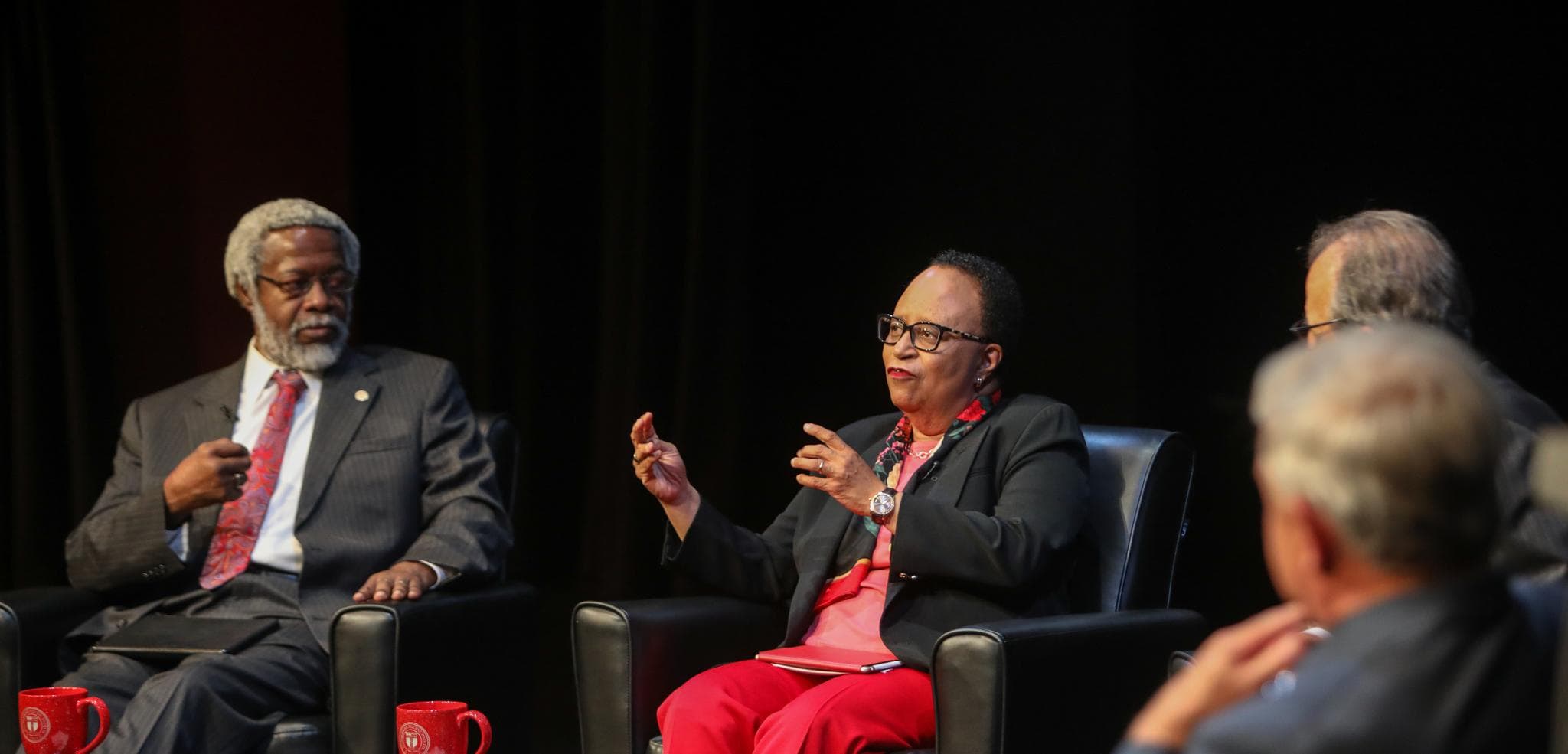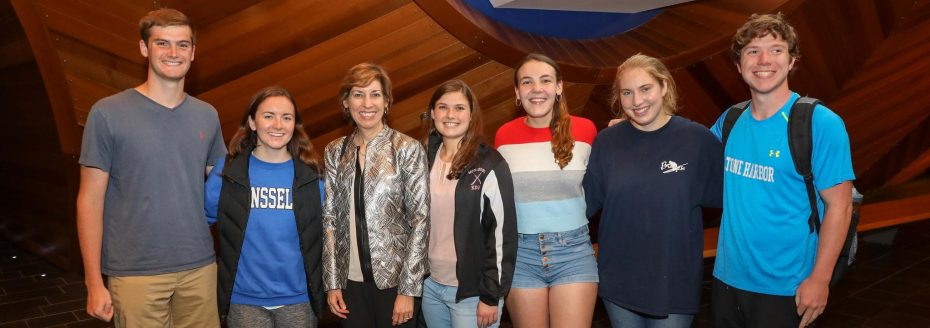What do you think the biggest challenge will be to get the young generation interested in space?
Certainly, our students at Rensselaer Polytechnic Institute are extremely interested in space, and growing more interested, as the NASA robotic missions to Mars move ever closer to answering the question, “Could there be life elsewhere in the universe?” and as a new generation of entrepreneurs invests in rocketry and other space technologies.
However, Rensselaer students are exceptional. Nationwide, it is not apparent that space exploration currently is inspiring a cohort of children to excel, as it did the children of my generation—or policymakers to make educational improvements that ensure that they do excel. The United States does a relatively poor job of teaching mathematics and science at the K-12 level, with fewer than half of fourth, eighth, and twelfth-grade students demonstrating proficiency in these subjects on National Assessment of Educational Progress tests. Low-income students and underrepresented minorities are even further behind. Yet we are living through a great age of science, at least as thrilling as the Apollo era! We need schools and teachers that can convey the excitement of science, math, and engineering to many more children, so they can, in turn, bring our species to Mars.
How can universities, institutions, and government improve collaboration in service of large goals like reaching Mars?
The three-legged stool that has undergirded discovery and innovation since World War II remains essential: the partnership between government, industry, and academia. NASA has been very adept at collaborating with the commercial space industry, including new players such as SpaceX, with universities such as Rensselaer Polytechnic Institute, and with international partners.
Given the complexity and projected costs of a human mission to Mars—one credible estimate is a trillion dollars, spread out over 25 years—international cooperation is likely to be crucial. This includes cooperation with countries considered geopolitical rivals, such as Russia, which has been such an essential partner on the International Space Station, and China, which has just launched a mission to the far side of the moon. Advancing the great goals of Big Science—including that of bringing humanity to Mars—is likely to yield so much, of such enduring value, it would be wise to set aside temporary geopolitical tensions in service of these goals.
Has the role of universities like Rensselaer Polytechnic Institute changed in service of audacious goals like reaching Mars? How are universities uniquely positioned to help?
Given the number of breakthroughs required to get humans safely to Mars and back, universities are entirely essential. As a sector, we are the largest performer of basic research in the United States. This is research that attempts to answer the most fundamental of questions and to lay the fertile ground out of which serendipitous innovations can arise. As dynamic as American industry is, public companies report their results quarterly and are naturally conservative and market-focused in their research and development operations. Universities, whose educational mission meshes beautifully with the fundamental research we conduct, are the places where the really hard problems are posed and solved.
What has changed is the funding climate for university-based research. Overall, the federal government funds just a little over half of university-based research and development, the lowest share since the National Science Foundation began keeping track in 1953. Increasingly, universities are using their own funds to pay for research. This is not sustainable—and particularly not for projects on the scale of a human mission to Mars, which can only be accomplished with major public investments.
How should we balance protecting our planet and exploring another in terms of resources and energy?
It makes sense to do both, given threats to human civilization both human made and cosmic, such as a catastrophic asteroid impact. At Rensselaer, we teach our students the value of resilience. Certainly, if humans managed to colonize Mars, we would be more resilient as a species.




